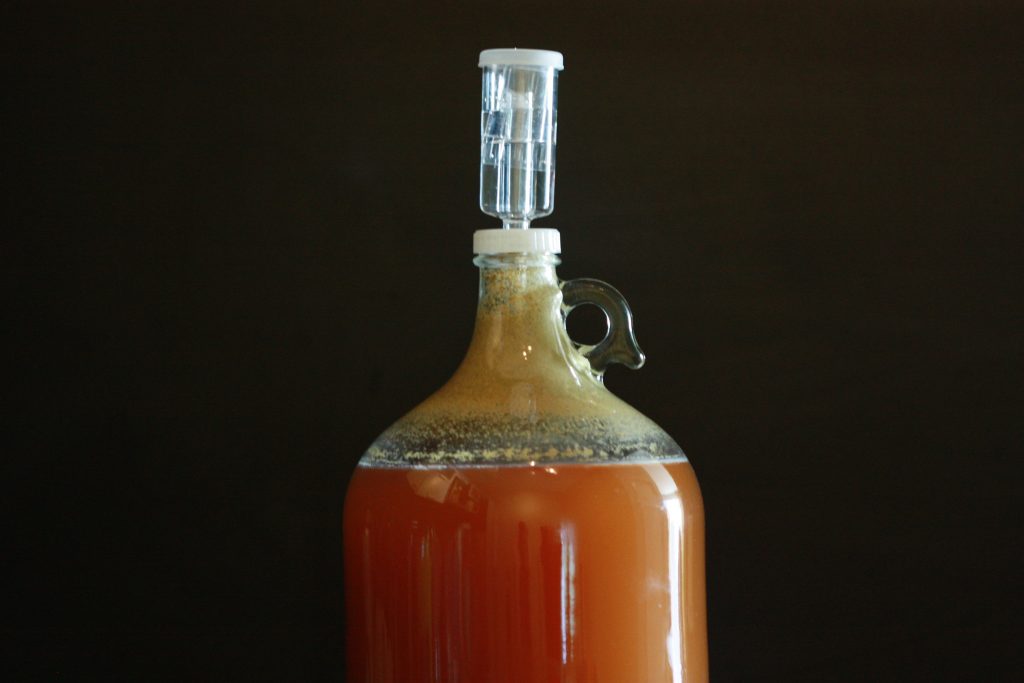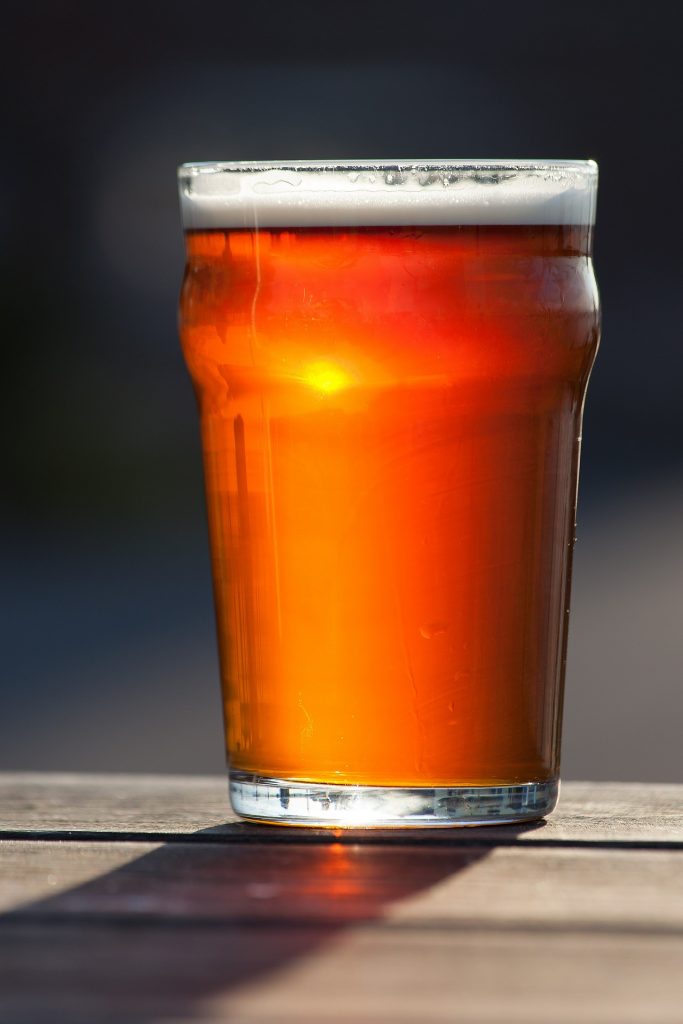This post contains affiliate links which we are compensated for if a purchase is made. Using links costs you nothing and helps to support the ongoing creation of content. Thank you for using them.
How Do I Know If My Fermentation Is Complete? It is sometimes difficult to be sure that the fermentation of your beer or wine is complete but there are several signs that will give you a strong indication the yeasts have finished their work,
The fermentation of the sugars are complete if the following things occur;
- The fermentation has been going for 1-3 weeks
- The airlock of the fermenter stops bubbling
- The Krausen (for beer) settles to the bottom of the fermenter (Krausen is the foam on top of the beer)
- Specific Gravity readings of the brew taken 1 to 2 days apart have not changed
However, this assumes that the temperature of the fermenting vessel has remained at ambient temperatures around 68°F (20°C). If the temperature of the brew gets too cold this can result in the yeast becoming dormant.
Of these indicators the most reliable measure is the specific gravity reading, as it can also tell you whether the fermentation even started in the first place.
How Does Specific Gravity Work?
Specific gravity is a measure of the density of your brew or the units of weight per volume. For example, water has a density reading of 1 which means that that there is 1 kg of water per litre. A material with a specific gravity of 1.1 would have 1.1 kg of weight per litre and is denser than water.
This measurement can be used to determine if any unconverted sugar is still present in your beer. Sugar increases the density of the beer which means the brew will give a higher reading initially. It is common to see readings of 1.05 to 1.08 for many worts, however, the precise number will vary depending upon the specific beer recipe. As the sugar is converted to alcohol the specific gravity of the brew will drop, as ethanol has a lower specific gravity than sugar.
At the end of the fermentation, you should expect to see a specific gravity of around 1.01 possibly up to 1.02 for beer, however for ciders, ginger beers, and wines the reading should be close to 1.00. Dry wines usually produce a specific gravity of around 0.99 and sweet wines are more likely to be around 1.005. If the readings are higher than those provided above then it is highly likely that the fermentation of the brew is not yet complete.

Troubleshooting Fermentation Problems
There are a number of events that can cause problems or perceive problems that may be a cause for concern for beginner brewers. Below is a list of common problems and possible solutions. Please leave a comment at the end of the article if you encounter a problem not covered in this article as this will help us improve the quality of the article for others.
The Airlock Is Not Bubbling
Scenario 1:
Airlock has not started bubbling and it has been a few days
Possible Causes:
- Airlock does not seal tight and carbon dioxide is escaping through gaps. Action: Remove lid of the fermenter and place a little boiling water on the rubber seal of the lid and reseal the fermenter. Remove the airlock from the lid and apply boiling water to the rubber seal and reinsert the airlock. The boiling water will soften the rubber seals temporarily allowing a tighter seal to be formed.
- The yeast has become dormant due to the temperature being too cold. Action: Check the temperature, for most brews a temperature of 68°F (20°C) is ideal. At temperatures below 59°F (15°C) the activity rate of yeasts slows significantly and the yeast will become dormant at below 50°F (10°C). If this is the problem brew should be warmed up to 68°F (20°C) either by placing the fermenter in a warmer location or using a heating pad. To read more about the ideal fermentation temperatures click here.
- The yeast has died. Action: This is the least likely reason. Additional yeast can be added to the fermenter without causing a problem but is a good idea to check the specific gravity first to ensure that fermentation has not already occurred.
Scenario 2:
Airlock has stopped bubbling after only a few days
Possible Causes:
- The Fermentation is complete. Action: Check the specific gravity of the brew. If you get a result close to 1 fermentation is most likely complete. If there is any doubt it does not hurt to leave the brew in the fermenter for another week.
- The yeast has become dormant due to the temperature being too cold. Action: If the specific gravity reading suggests that fermentation is incomplete check the temperature, for most brews a temperature of 68°F (20°C) is ideal. At temperatures below 59°F (15°C) the activity rate of yeasts slows significantly and the yeast will become dormant at below 50°F (10°C). If this is the problem brew should be warmed up to 68°F (20°C) either by placing the fermenter in a warmer location or using a heating pad.
- The yeast has died. Action: This is the least likely reason. Additional yeast can be added to the fermenter without causing a problem but is a good idea to check the specific gravity first to ensure that fermentation has not already occurred.
Scenario 3:
Airlock has stopped bubbling after a week or so but the Krausen (foam on the surface) remains on the surface of the beer.
Possible Causes:
- The Fermentation is complete and Krausen has formed a stable structure on the surface of the brew. Action: Check the specific gravity of the brew. If you get a result close to 1 fermentation is most likely complete. The krausen can usually be made to fall apart and settle to the bottom of the vessel by poking it with a spoon. If sinks to the bottom it is best to leave the fermenter for a few more days before bottling the brew or transferring it to a secondary fermenter to ensure that your produce a clear beer.
- The yeast has become dormant due to the temperature being too cold. Action: If the specific gravity reading suggests that fermentation is incomplete check the temperature, for most brews a temperature of 68°F (20°C) is ideal. At temperatures below 59°F (15°C) the activity rate of yeasts slows significantly and the yeast will become dormant at below 50°F (10°C). If this is the problem brew should be warmed up to 68°F (20°C) either by placing the fermenter in a warmer location or using a heating pad.
- The yeast has died. Action: This is the least likely reason. Additional yeast can be added to the fermenter without causing a problem but is a good idea to check the specific gravity first to ensure that fermentation has not already occurred.
